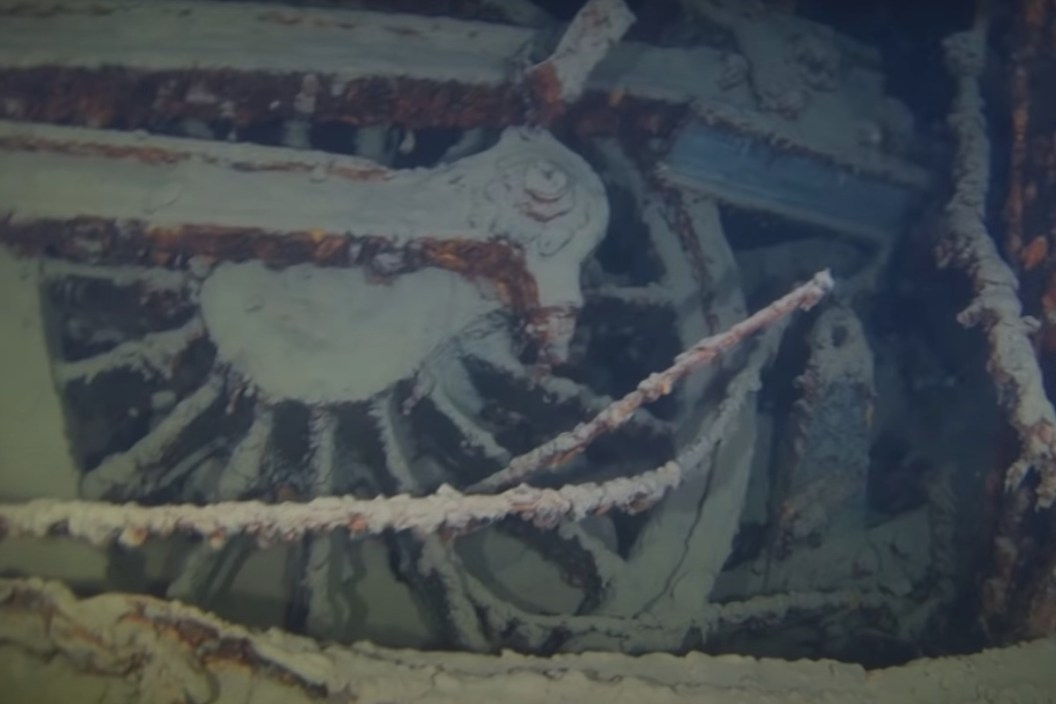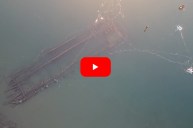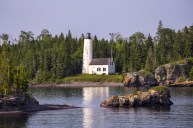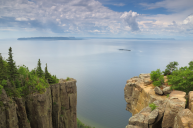The five Great Lakes that exist along the U.S. border with Canada contain roughly a fifth of the world's fresh water supply, and if it was spread out, the combined Great Lakes contain enough water to cover the entire Lower 48 states to a depth of almost 10 feet. Keeping the Great Lakes clean and free of invasive species is a tall order with the amount of human beings that live on or near it, but we continue to work together to watch over it and keep it the incredibly useful waterway that it is.
Lake Superior alone contains half of all this water and if you were to place the Empire State Building at its deepest point, the only thing you might see sticking out of the water would be its iconic antenna. While Lake Michigan is the only one of the five to reside completely inside of U.S. territory, we happily share the other four with our brothers and sisters north of the border.
Forget the fact that it is the primary water source for millions of people, the Great Lakes provide sportfishermen with some of the best freshwater fishing in North America. But one of the fun facts about the Great Lakes is that virtually all of them have some kind of "lake monster" legend surrounding them, and Lake Michigan has its own "Bermuda Triangle."
Old Whitey, a Preserved Corpse from the USS Kamloops
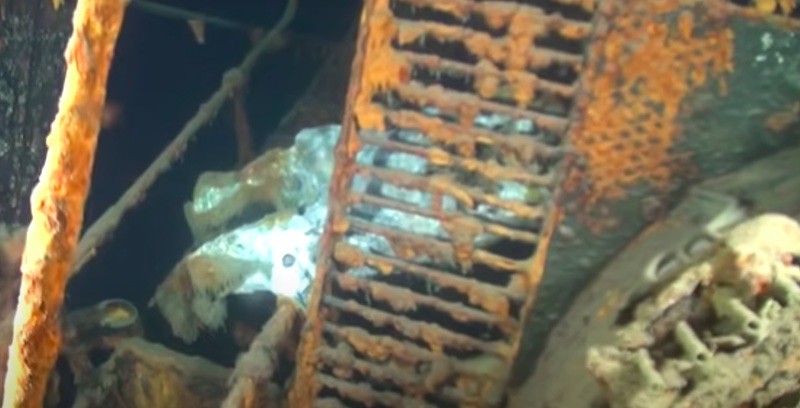
YouTube/Doug Bell
A cargo vessel, the USS Kamloops sunk in Lake Superior in December 1927, and with it went at least one of its personnel, who remains unidentified to this day. Since the freshwater of the Great Lakes stays a pristine 40 degrees at depth, the cold clear water preserves sunken items, including human remains—even shoes, furniture, and fixtures were found in near perfect condition.
In truth, there are many sites in the Great Lakes that have human remains, most of them only allowing controlled access that divers can visit. The one in question here seems to be possible to visit, but as we all know the families of those lost at sea don't want their loved ones disturbed.
Lake Michigan's "Stonehenge"
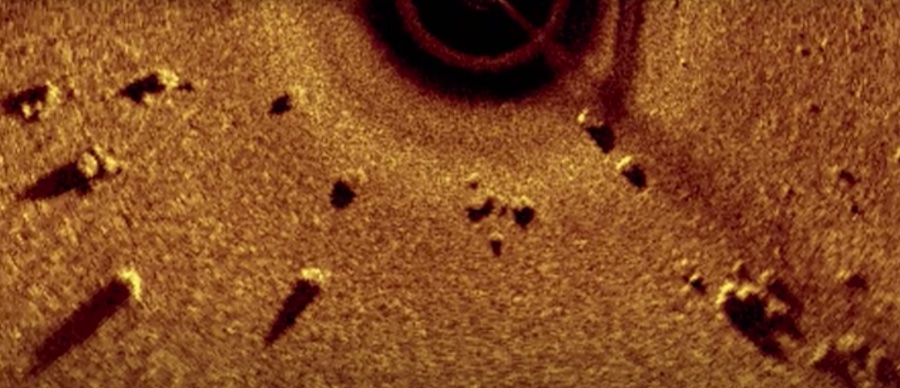
YouTube/Discovery UK
About 10,500 years ago, scientists have confirmed that Lake Michigan lake levels dropped far below today's averages for some 3,500 years, allowing indigenous peoples to occupy the land at that time. Around 5,000 years ago, the water levels again overran the area, leaving behind it a strange site of stone ruins dubbed a "miniature Stonehenge" by locals, although there is no henge or megaliths on the site.
One of the rocks in the ruins features a possible hieroglyph of a mastodon, one of the creatures that would have roamed the area at that time, even been a target for the hunters of the day. This formation was discovered by researchers in 2007 using sonar equipment to locate shipwrecks, but there is a similar structure located in Lake Huron, and scientists believe that both sites could be part of a broader prehistoric drive line for herding caribou and other animals towards sitting hunters.
Great Lakes' Only Known Train Wreck
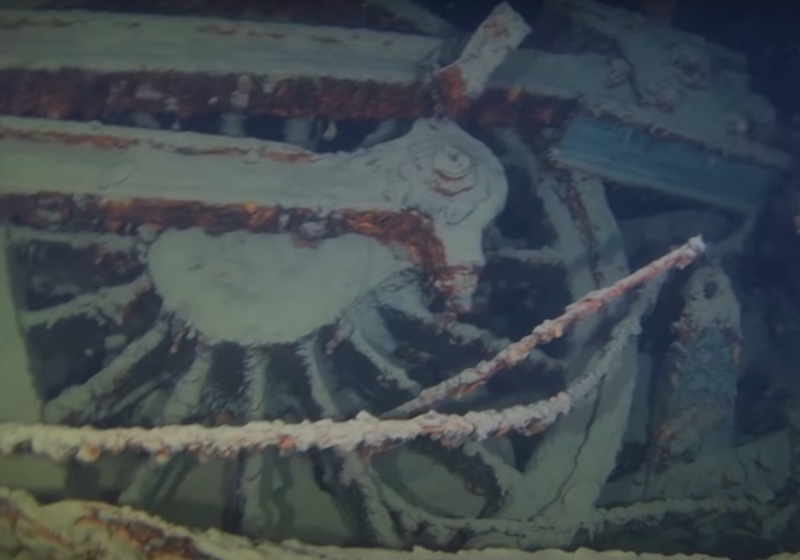
YouTube/Terry Irvine
Canadian Pacific Railway Locomotive 694 crashed into the depths of Lake Superior just before sunrise on the morning of June 10, 1910, and it found its final resting place. As the story goes, the crew of the 694 had come around a bend, with a sheer rock wall on their left and Lake Superior 65 feet below them on their right, and come face to face with a rockslide that had covered the tracks.
The three man crew consisted of an engineer, a fireman, and a brakeman—all were lost in the crash.
After several dives, explorers found two boxcars at a depth of nearly 300 feet, but still no sign of the locomotive. That all changed in 2015 when another explorer using side-scan sonar and an ROV discovered the engines several hundred feet away from the boxcars.
Bigger Than Life Marble Crucifix

YouTube/Daily Mail
After a tragic accident in the 1950s, a Michigan couple sought out an appropriate grave marker for their beloved son by hiring an Italian company to create the statue. Unfortunately, the work of art was damaged while being delivered across the ocean and it was sold at auction.
The diving club that purchased the statue laid it to rest in Lake Michigan as an ode to all divers lost on diving accidents. Then, in the 1980s, another club began the process of restoring the statue and moving it closer to shore where it now sits in roughly 22 feet of water and is viewable through the ice in winter.
Lake Inferior: The Underground Lake Beneath Lake Superior
As the story goes, "Lake Inferior" was discovered in 1870 by William Bitter, who found an opening to the sunken lake while conducting an underwater survey of the area. Strangely, while Bitter was submerged and doing his survey, a vortex opened up and started a whirlpool effect in which he began to realize that the floor of Lake Superior was the ceiling of a subterranean cave.
He was lowered some 600 feet and came to the realization that he was dangling in the air! It was after a second and then a third dive—with over 1,500 feet of lifeline—that Bitter was lost, and never seen again. At that point, it was decided to cap the underwater entrance with wooden cribbing and weighted with boulders so that the opening would never be a threat again.
Please check out my book "The Hunter's Way" from HarperCollins. Be sure to follow my webpage, or on Facebook and YouTube.
